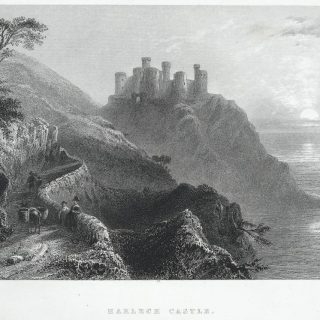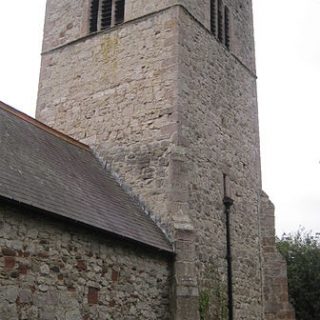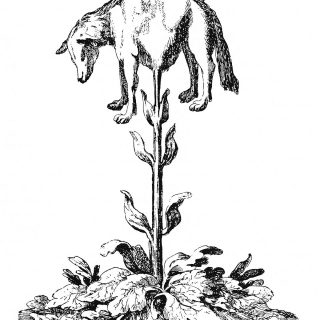Wild Edric’s Wife
In ‘The Science of Fairy Tales’ (1891), Edwin Sidney Hartland recounts the following tale told by the medieval writer Walter Map (Born 1140- Died c. 1208–1210). ‘Wild Edric*, of whose historic reality as one of the English rebels against William the Conqueror there is ample proof.








Recent Comments